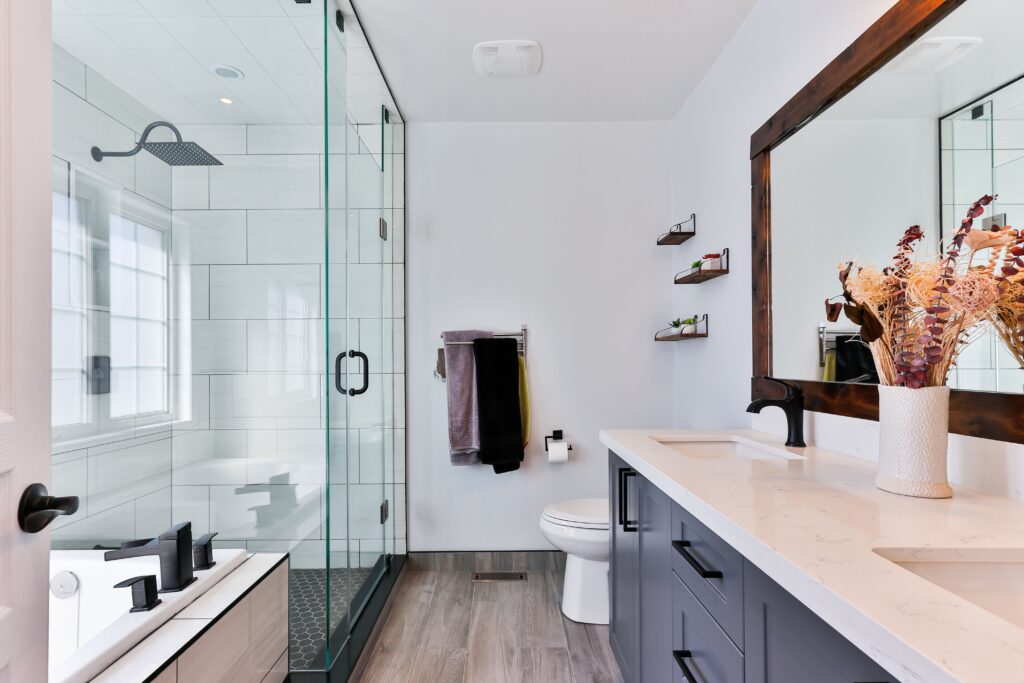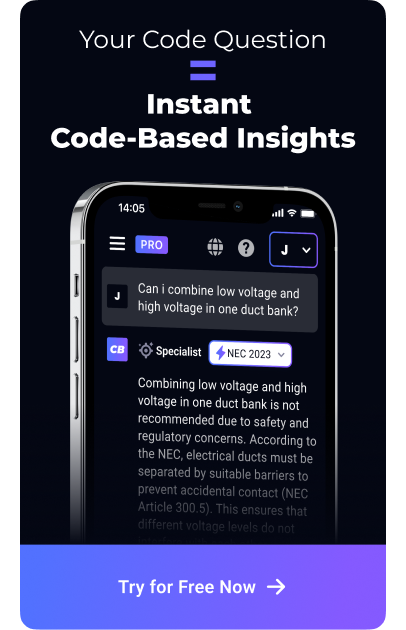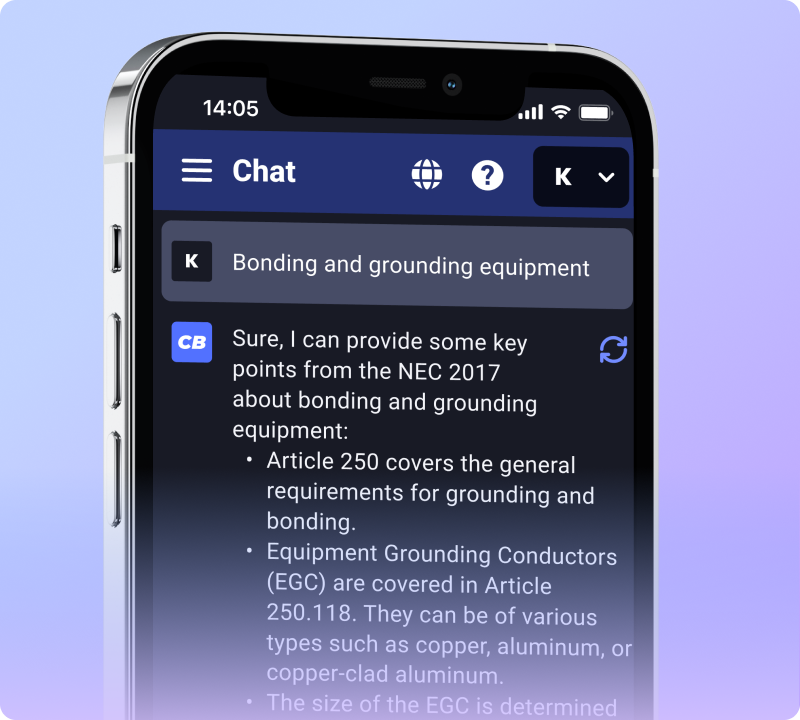Understanding the specific requirements of the California Electrical Code for bathroom outlets is crucial for ensuring both safety and compliance. Bathrooms, with their unique environment, require special consideration when it comes to electrical installations.
California Electrical Code: Bathroom Outlet Requirements
The California Electrical Code, which incorporates and modifies the National Electrical Code (NEC), has set clear standards for bathroom outlets. These include:
- GFCI Protection: All bathroom outlets must be equipped with Ground Fault Circuit Interrupter (GFCI) protection. This is critical for preventing electrical shock in areas prone to moisture.
- Placement and Number of Outlets: The code requires at least one receptacle within 36 inches of the outside edge of each sink basin. This ensures easy access to electricity for appliances typically used in bathrooms, like hair dryers and electric shavers.
- Circuit Requirements: Bathroom outlets must be served by a 20-amp circuit. This higher amperage is necessary to handle the load of common bathroom appliances without tripping the circuit breaker.
- Lighting Fixtures: While not an outlet requirement per se, any lighting fixtures installed within a specific zone close to the bathtub or shower must also adhere to strict safety standards.
Considerations for Remodels and New Constructions
For those remodeling or constructing a new bathroom, it’s essential to keep these code requirements in mind. It’s often a good idea to add more than the minimum number of outlets required by code, considering the variety of electrical devices used in modern bathrooms.
Conclusion
Compliance with the California Electrical Code for bathroom outlets is vital for ensuring the safety and functionality of your bathroom. While these guidelines offer a general overview, consulting with a licensed electrician is recommended for specific projects.
Note: The content provided is based on the California Electrical Code as of April 2023. For the most up-to-date regulations, always refer to the latest code edition or consult a qualified electrician.


